This year’s General Election in Ireland will see a record number of women candidates running for a seat, with 248 women in the race, according to data from the Women for Election group. This marks a 53% increase compared to the 2020 election, reflecting growing female participation in politics.
The figures, based on an analysis of nominations published by the Returning Officers across 43 constituencies, show a significant step forward for gender equality in Irish politics. In total, 685 candidates are competing for seats in the upcoming election, with women candidates standing in every constituency—an improvement on the 2020 General Election, which was the first time women were represented in every constituency.
This election is also the first to feature a 40% candidate quota for both men and women within political parties. Failure to meet this quota will result in a 50% reduction in state funding for those parties, which could lead to significant financial losses in the hundreds of thousands of euros for major political organizations.
As of now, all political parties with representation in the Dáil have met the gender quota, marking a key milestone in the push for greater female involvement in Irish politics.
Despite these gains, women remain underrepresented in the current Dáil, where just 37 women hold seats out of 160, making up only 23% of all TDs. In fact, 15 constituencies have yet to elect a woman to the Dáil. To date, only 131 women have ever been elected to Ireland’s lower house since the state’s foundation, compared to 1,214 men.
Women’s participation in Ireland’s Cabinet has also been limited, with only 21 women ever having served in the role. Countess Markievicz made history as the first female Cabinet minister in 1919, followed by Márie Geoghegan-Quinn in 1979. However, no woman has ever held the position of Taoiseach, Minister for Finance, or Minister for Foreign Affairs. Furthermore, the highest number of women in Cabinet at any one time has been four.
While progress is being made, advocates argue that there is still a long way to go before gender parity is achieved at the highest levels of Irish politics. The increase in female candidates this year, however, signals a growing momentum for change.


